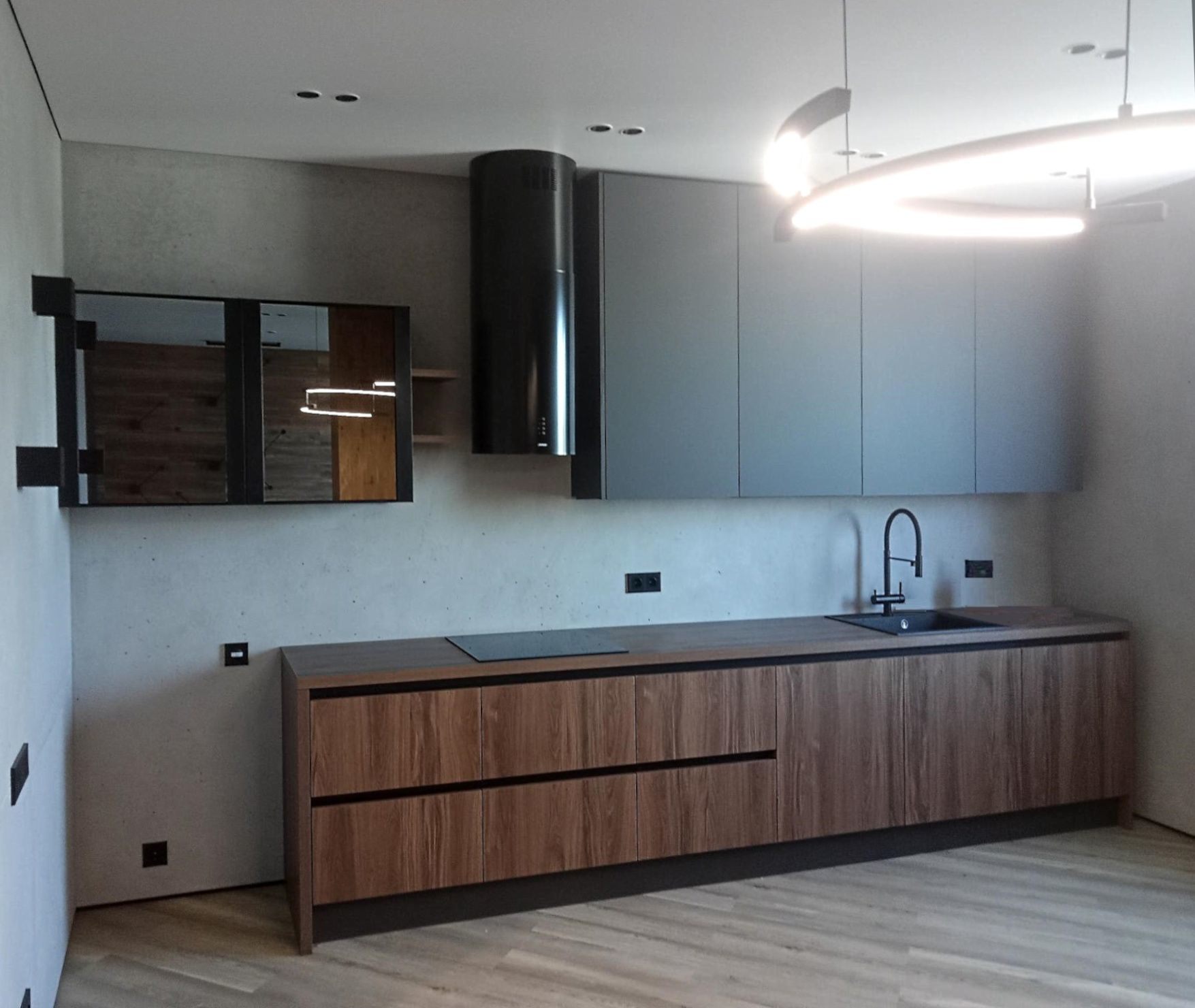
Reimagining the Heart of the Home: Culinary Spaces Redefined Elegantly
Introduction to Elegant Culinary Design
The kitchen is no longer just a place for preparing meals; it has evolved into a multi-functional space where we dine, socialize, and create memories. With a shift towards open-plan living and a focus on minimalistic elegance, the modern culinary space combines both form and function. This transformation has led to a redefinition of what we consider as the ideal kitchen — a blend of sleek design, technological innovation, and a touch of personal flair.
The Aesthetic Appeal of Modern Kitchens
Today's culinary spaces are characterized by clean lines, uncluttered surfaces, and a neutral color palette that together create a serene and welcoming atmosphere. The use of high-quality materials such as natural stone, hardwood floors, and stainless steel appliances contributes to the overall sense of elegance. The aesthetic appeal of these spaces is further enhanced by strategic lighting, both natural and artificial, which ensures that the kitchen is not only functional but also visually pleasing.
Functionality Meets Sophistication
In redefining culinary spaces, there is a careful balance between maintaining practicality and introducing sophisticated design elements. Innovative storage solutions, such as built-in organizers and hideaway cabinets, keep the kitchen tidy while allowing for the easy accessibility of utensils and ingredients. State-of-the-art appliances are seamlessly integrated into the design to provide a high level of efficiency without compromising on style.
Technological Integration in Culinary Environments
The modern kitchen is at the forefront of technological integration, with smart appliances and IoT devices becoming commonplace. From ovens that can be controlled via smartphone to refrigerators that can monitor food freshness, technology is being incorporated to simplify the culinary process and enhance the cooking experience. This integration is elegantly achieved with thoughtful design, ensuring that tech components blend with the décor rather than stand out.
Personalization and Unique Touches
As we redefine culinary spaces, personalization plays a key role in creating a space that reflects one's individual taste and lifestyle. Customization options range from unique color schemes to handcrafted tiles, bespoke light fixtures, and art pieces. These personal touches not only add character but also turn the kitchen into a reflection of the homeowner's personality and style preferences.
Sustainable and Eco-Friendly Practices
Sustainability has become a priority in kitchen design, with eco-friendly practices being incorporated to minimize environmental impact. The use of reclaimed wood for cabinetry, energy-efficient appliances, and non-toxic paint are ways that modern culinary spaces are becoming more sustainable. By using materials and processes that are kind to the environment, these kitchens are not only stylish but also responsible.
Conclusion: The Future of Culinary Spaces
The redefined culinary space is an elegant amalgamation of design, technology, and personalization, an area in the home where practical needs and aesthetic desires coexist harmoniously. As we continue to innovate and push the boundaries of what a kitchen can be, these spaces will undoubtedly continue to evolve, serving as a testament to our ever-changing lifestyles and the central role that food and cooking play in bringing people together.